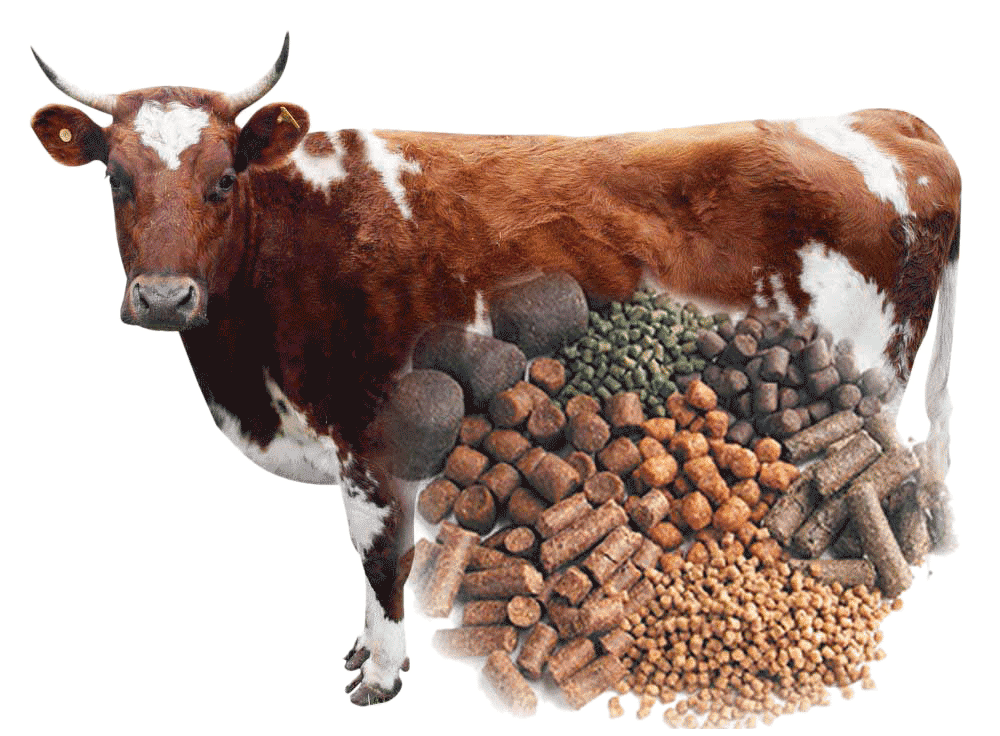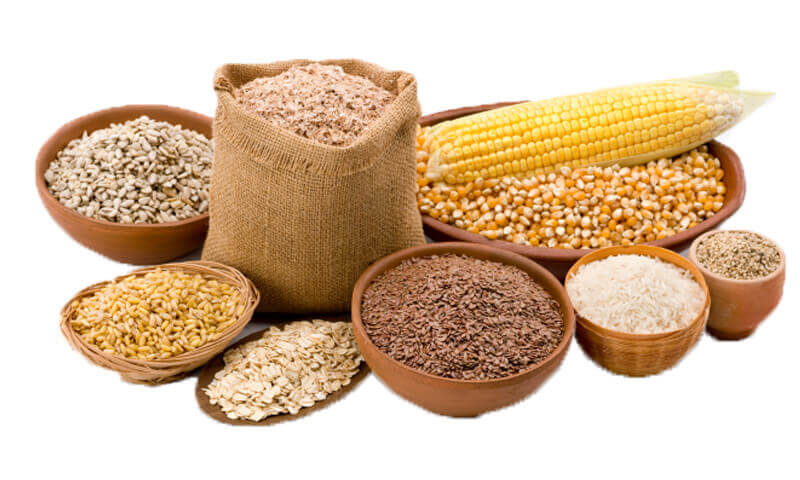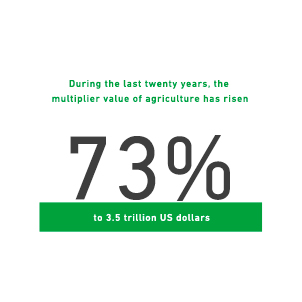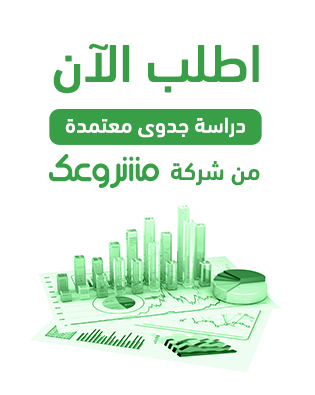Agricultural Production Sector in the GCC Countries
There is no doubt that the agricultural sector holds significant importance in today’s global economies. It contributes to achieving self-sufficiency and food security, helps reduce unemployment and alleviate poverty, and serves as the primary source of raw materials for many manufacturing industries. This vital sector employs approximately 935.6 million workers, representing 28.3% of the global labor force.
According to the latest statistics, the plant production volume in the GCC countries from various agricultural crops is estimated at 8.7 million tons. Saudi Arabia alone contributes 60.5% of the GCC’s plant production, followed by Oman at 19.1%, and the UAE at 12.5%, while the remaining countries share the rest.
Vegetables account for 41% of the total plant production in the GCC. Vegetables top the list of plant products in Kuwait, Bahrain, Qatar, Oman, and Saudi Arabia.
Saudi Arabia leads the region in vegetable production, contributing 55.1% of the total volume.
Grains constitute 7% of the total plant production in the GCC, amounting to 1.9 million tons. The UAE leads GCC countries in grain production, with a contribution of 42.9%.
The quantity of fish caught in the GCC countries, according to the latest statistics, is 740 tons. Oman alone accounts for 74.8% of this total.
There are 124,700 individuals working as fishermen in the GCC (with 40% in Oman and 33% in the UAE).
The GCC has a total of 41,100 fishing boats, of which Oman owns 57.7%, followed by Saudi Arabia with 26.6%.
Despite all of the above, the agricultural sector contributes less than 4% to the global GDP. This calls for serious reconsideration, especially in view of the future: by 2050, the world population is projected to exceed 9 billion people, and the agricultural sector will be solely responsible for feeding them and protecting them from the threat of hunger.
The total area of the GCC countries is estimated at 2.4 million square kilometers, of which only 11.8 thousand square kilometers are cultivated — representing 0.5% of the total area.
All GCC countries share a similar ratio, with cultivated land not exceeding 1% of the total area — except Bahrain, where cultivated land represents 4.8% of its total area.
Fruit production is expected to flourish in the coming years in the GCC, with a compound annual growth rate (CAGR) of 3.8%.
Global Agricultural Production Sector
Over the past twenty years, the value added by agriculture has increased by 73%, reaching $3.5 trillion USD.
Agriculture represents 4% of the global GDP.
There are 874 million individuals working in agriculture globally — about 27% of the world’s labor force.
The total global agricultural area is 4.8 billion hectares, divided into:
The global production of primary crops amounts to 9.4 billion tons.
Global production volumes are as follows:
-
337 million tons of red and white meat
-
883 million tons of fruits
-
1,128 million tons of vegetables
-
201 million tons of vegetable oils
-
883 million tons of dairy
-
83 million tons of eggs






